ALL Gloves

| 17 August 2023
Here's a brief overview on the latest update of safety footwear standards.
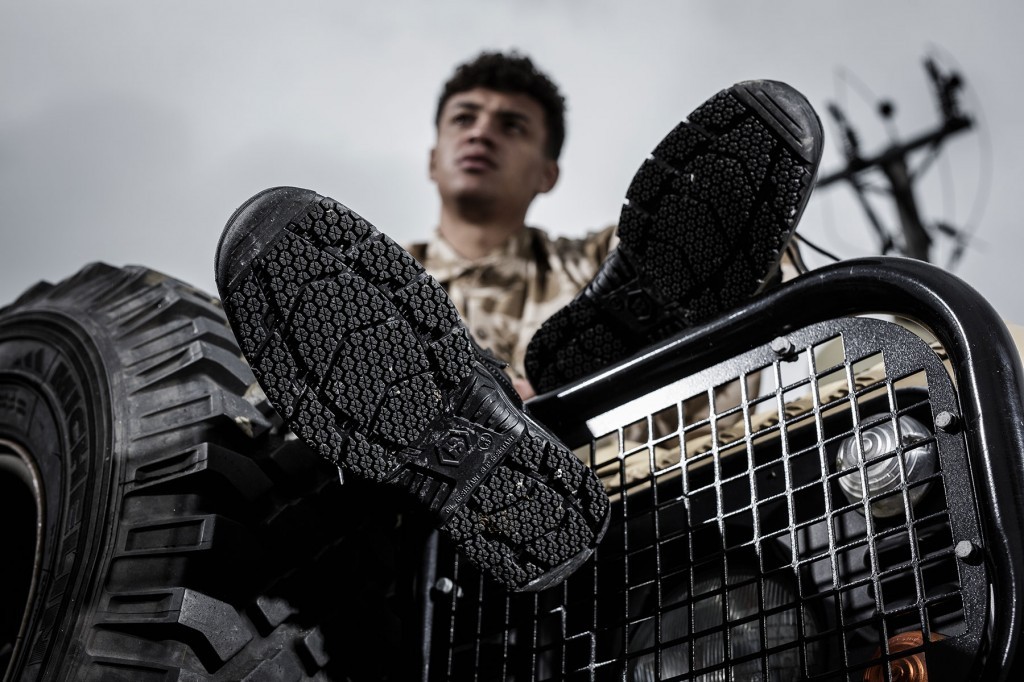
As we continue to exponentially grow our category of safety footwear and cater to the ever-evolving requirements of our customers, we thought it beneficial to touch upon the most recent update of safety footwear standards.
It’s worth noting that those changes were instigated to satisfy the continuing aim to reduce injuries in the workplace by acknowledging both the changing working conditions and modern materials used.
This means that the EN ISO 20345:2022 standard for safety footwear – which defines the basic and additional (optional) requirements for general purpose safety footwear - overrides the previous 2011 update.
However, it’s important to note that the 2011 standard isn’t invalid. This certification remains recognised until certification expires, meaning both will run side by side until all safety footwear is re-tested to the new standards.
We don’t want to get you bogged down with the intricacies of the update - some of which won’t be applicable to your requirements - so listed below is an overview into the most relevant changes for you to take onboard.
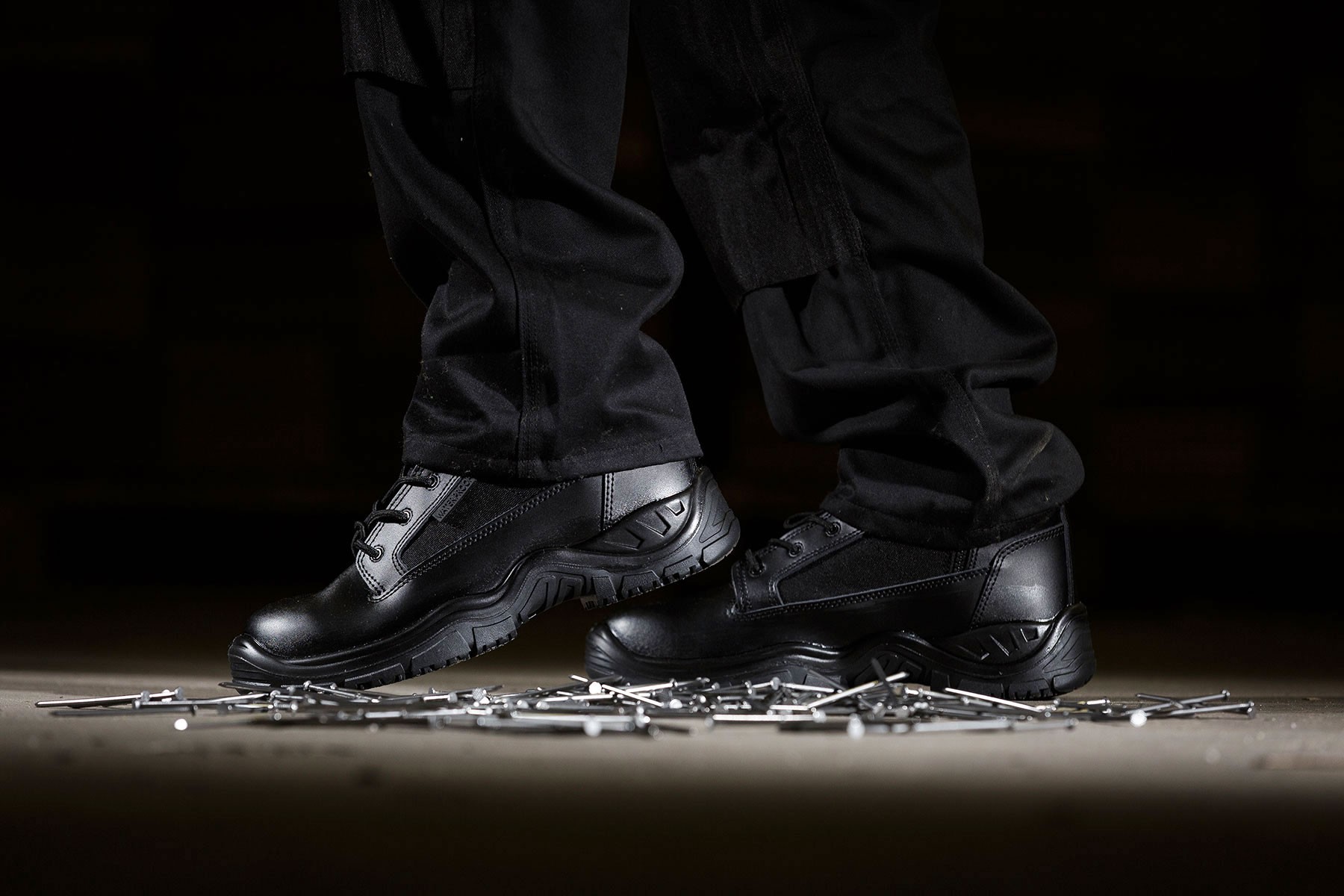
Firstly, slip resistance markings have changed. Gone are the three categories comprised of SRA, SRB and SRC. In their place is the new SR marking. However, this will only be seen in footwear where an additional slip test has been carried out, as this overall safety feature has now been deemed a mandatory requirement of the footwear, with no markings required.
The testing process has also evolved, where a steel plate spread with glycerol has replaced a ceramic tile surface covered with different lubricants, which was essential the old, largely unfeasible SRB testing.
Looking beyond the more recognisable features of safety footwear like toecaps and protective midsoles, a ladder grip system (LG) has been implemented. This was primarily designed to assess the suitability of the footwear for use on ladder rungs, testing the area which rests on the rung (between the heel and forepart of the boot below the arch) to a fire-fighter standard.
This attention to safety is particularly significant, given that the HSE’s three year-spanning research into falls from height in the food and drink industries places ladders at a whopping 40% cause of accidents in an area where employees were injured in this fashion.
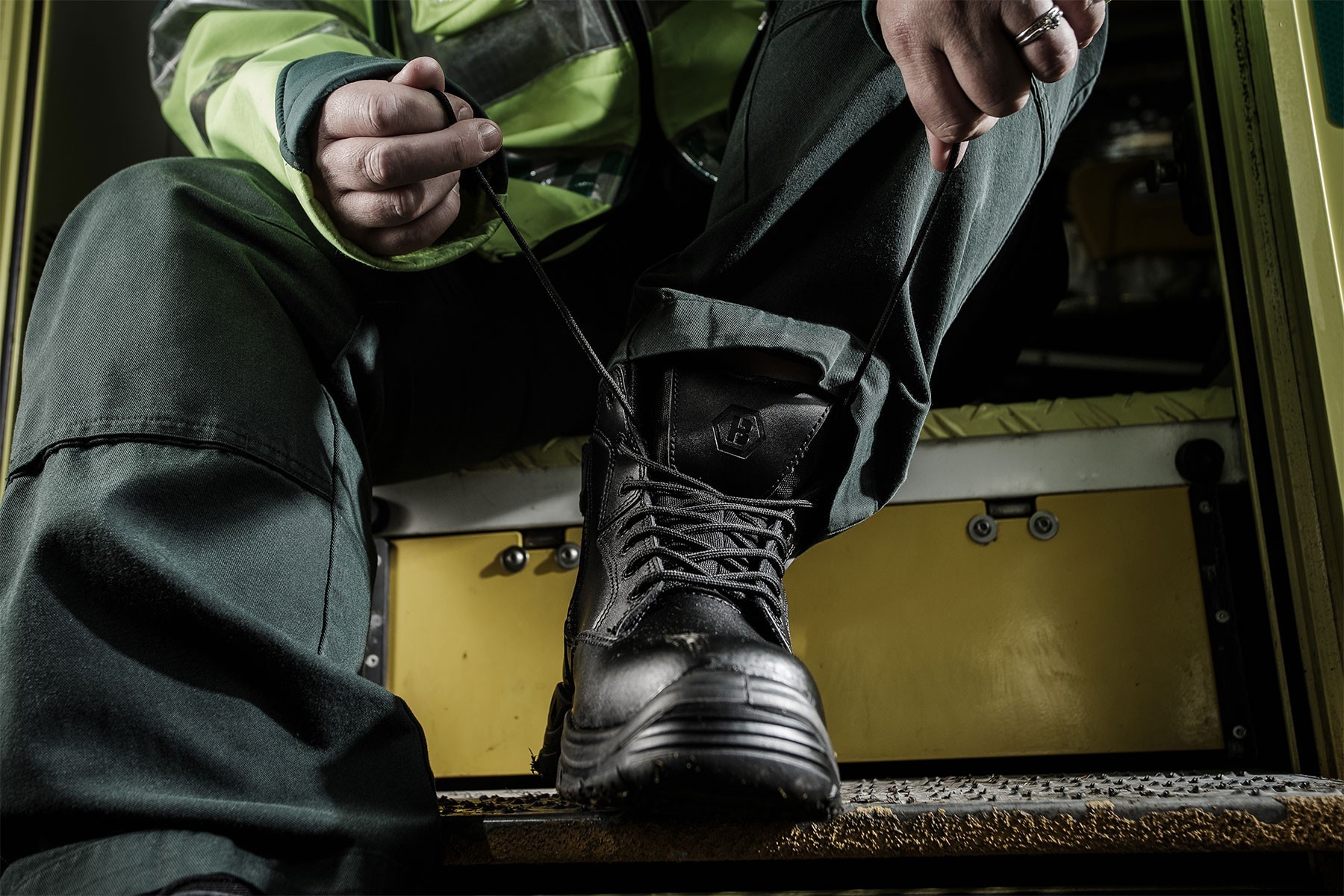
The term ‘penetration resistance’ has changed to ‘puncture resistance’ with the updated safety standards adding further clarification around the types of material that offer protection against penetration.
If the insert is a steel plate, the markings haven’t changed, and the P symbol is still in place. For the non-metallic (composite) puncture shoes, the two nail diameter sizes of 4.5mm and 3mm are marked as PL and PS, respectively.
It’s also worth noting that only one symbol from above can be attributed individually to a safety shoe. They can’t have multiple markings.
The old symbol of the Water Resistant Upper Material (WRU) has been replaced by a new code of WPA, which means water penetration and absorption. Please note that the Water Resistance (WR) test remains.
As most will already be aware, the scuff cap is a piece of material at the front of the boot. It is designed to prolong the life of a safety boot by protecting the leather covering the toe cap, while also keeping them (unsurprisingly) scuff-free.
This new test has been implemented to assess the robustness of the scuff cap regarding its capabilities of protecting the toecap.
If the cap has passed the required scuff resistance following 1,000 abrasion cycles, it is awarded with a symbol of SC.
Here's what the new marking could look like:
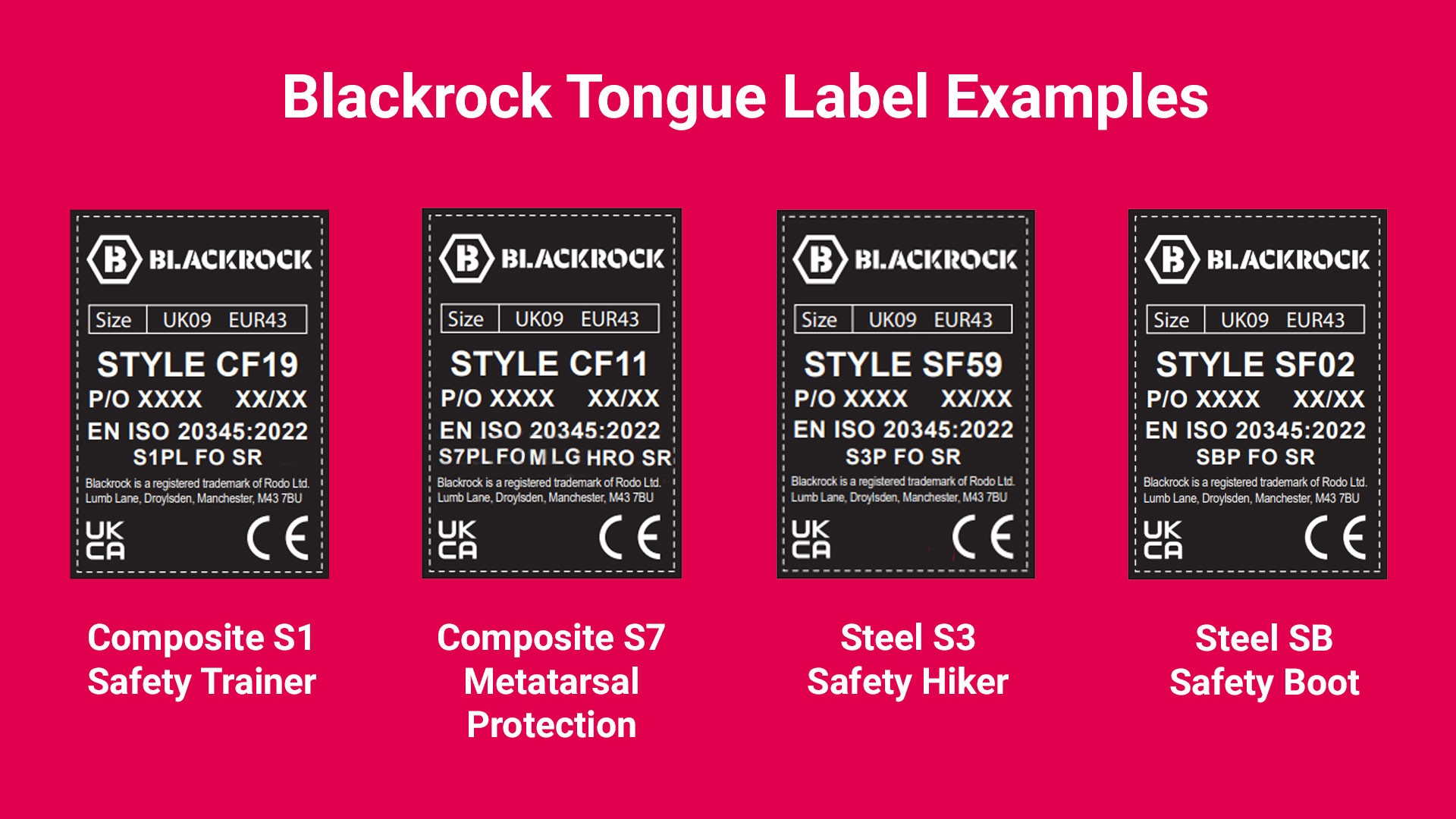
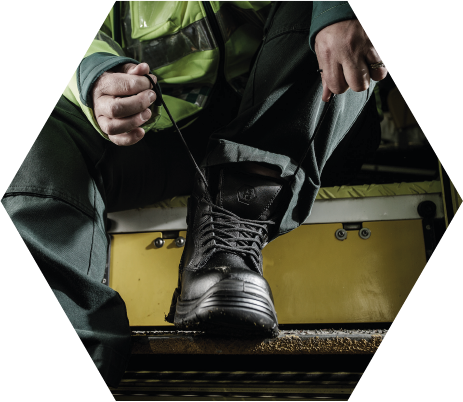
Editorial | 20 December 2021
Over the last year you may have seen the phrase ‘tactical footwear’ mentioned by us. But what is tactical footwear?
READ POST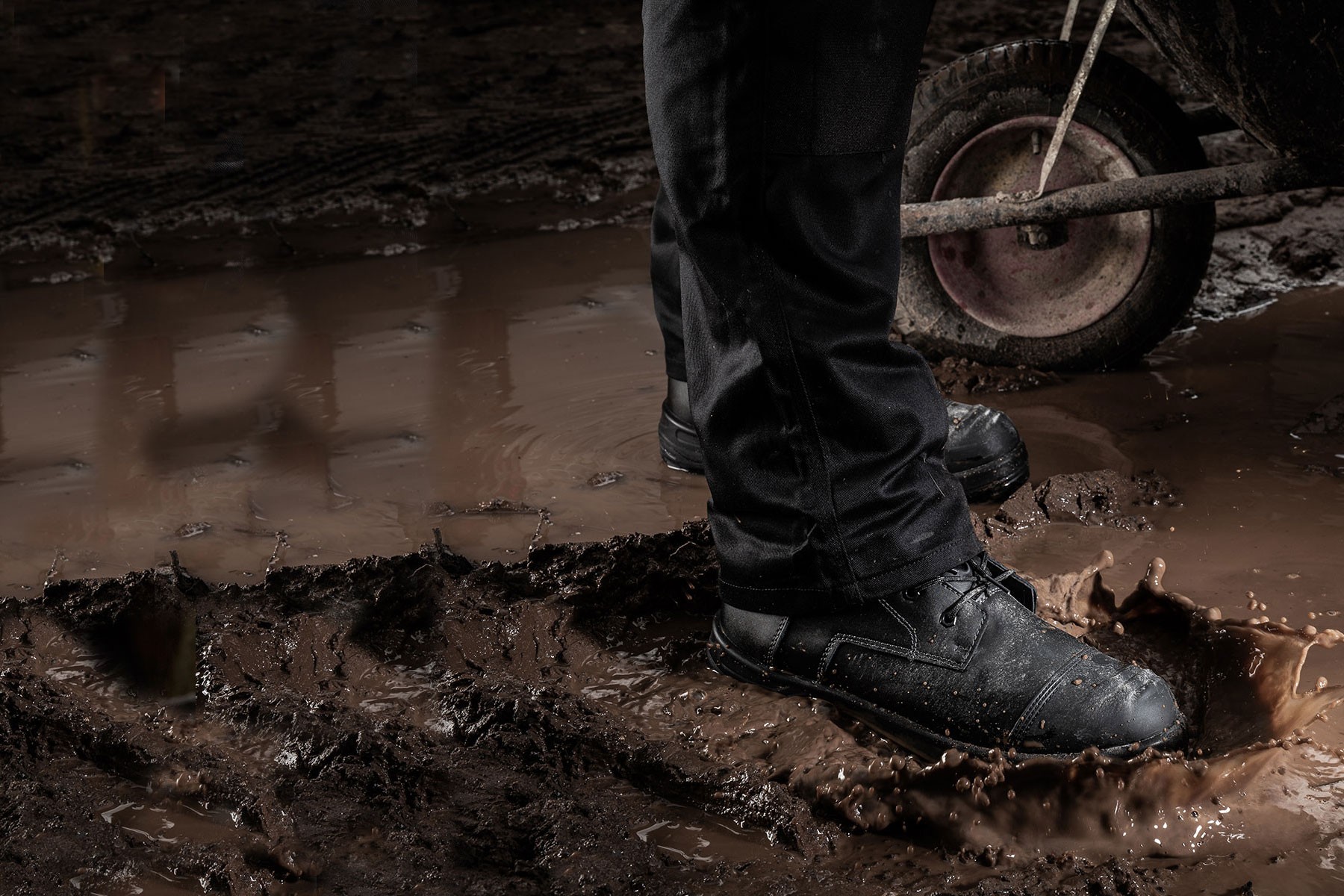
| 24 April 2024
Some simple and effective ways of checking your safety footwear is still fit for purpose.
READ POST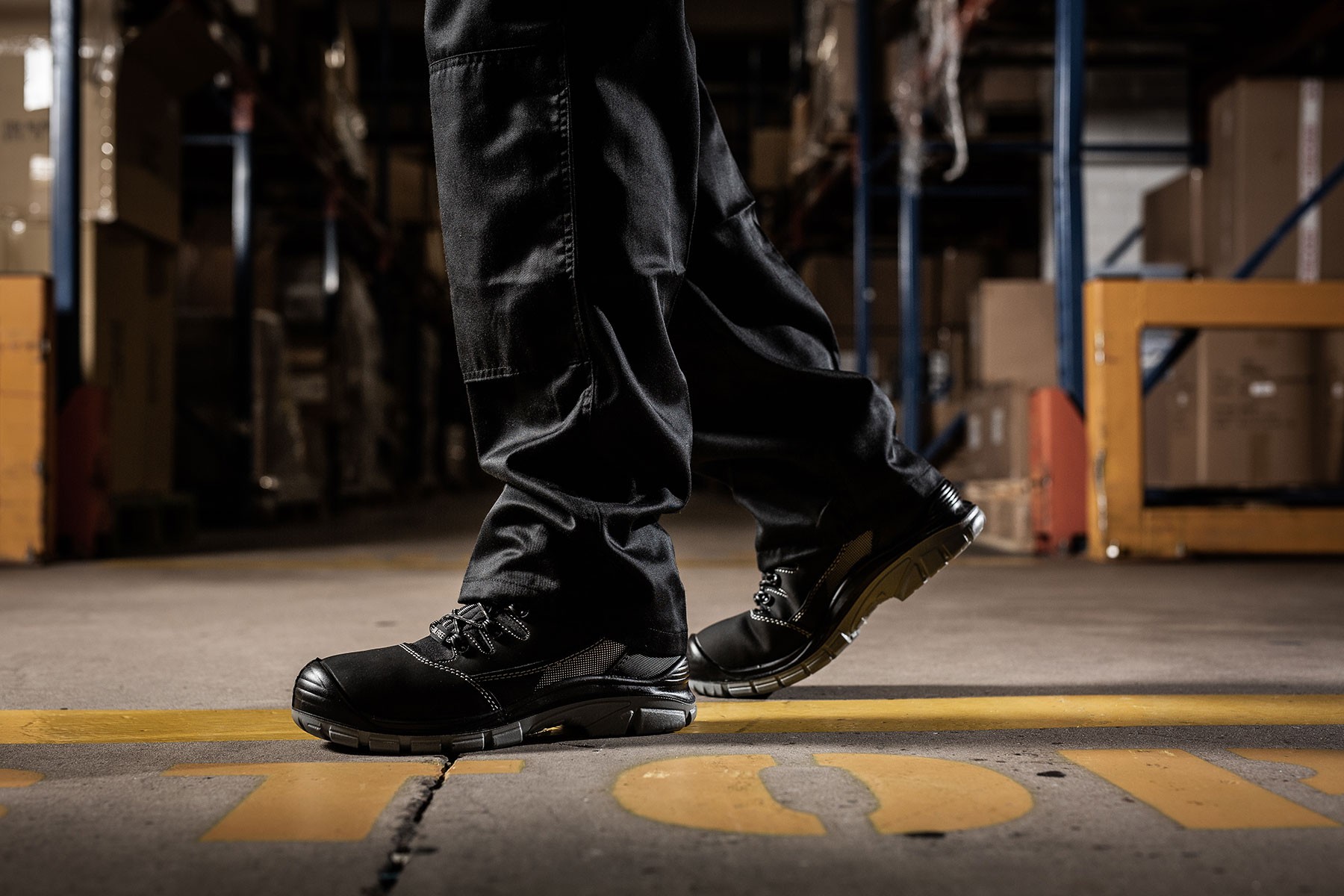
| 29 January 2024
Having appropriate and legitimate safety footwear is more important than ever.
READ POST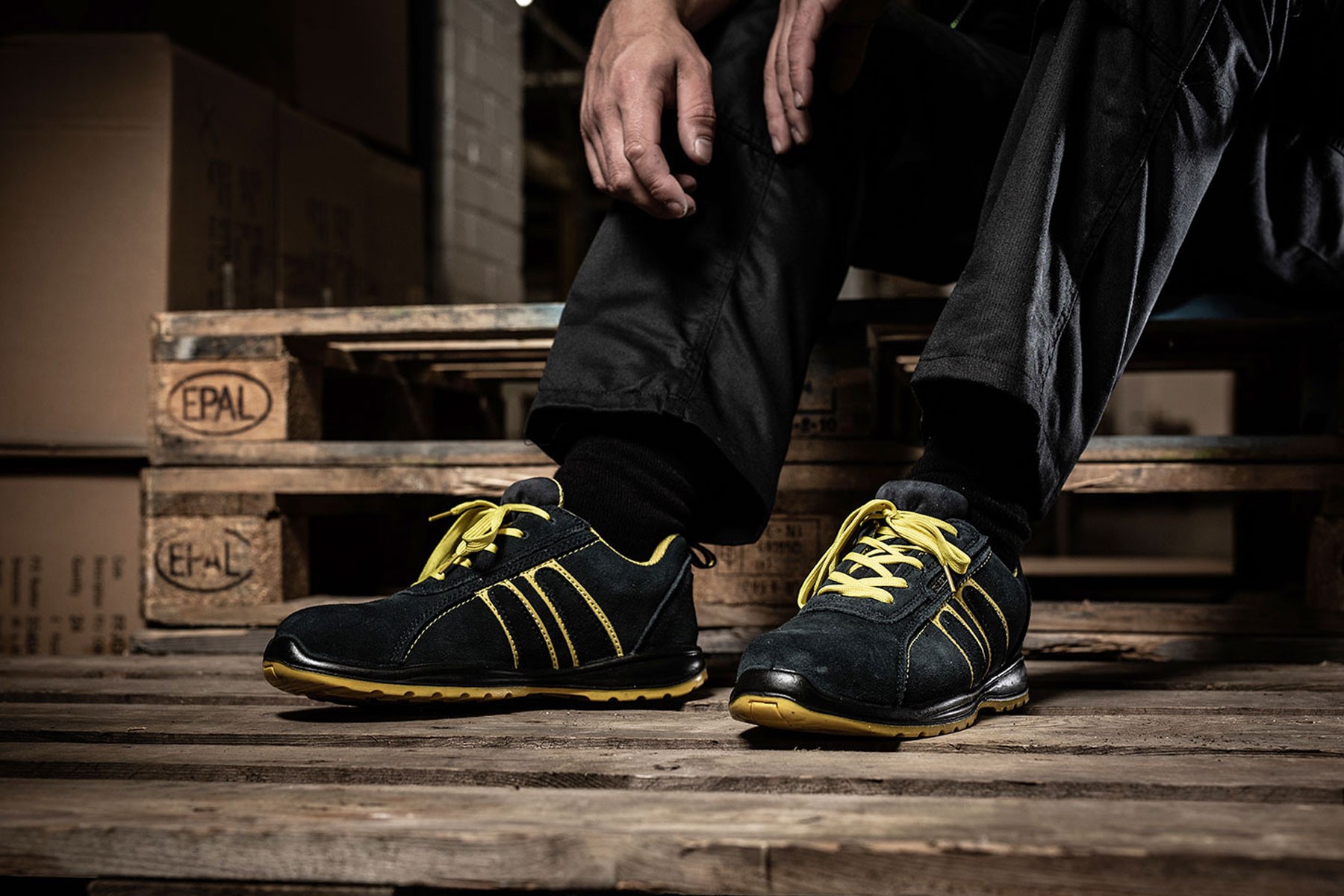
| 25 July 2023
With safety trainers, having to sacrifice style for the sake of safety is no longer a requirement.
READ POST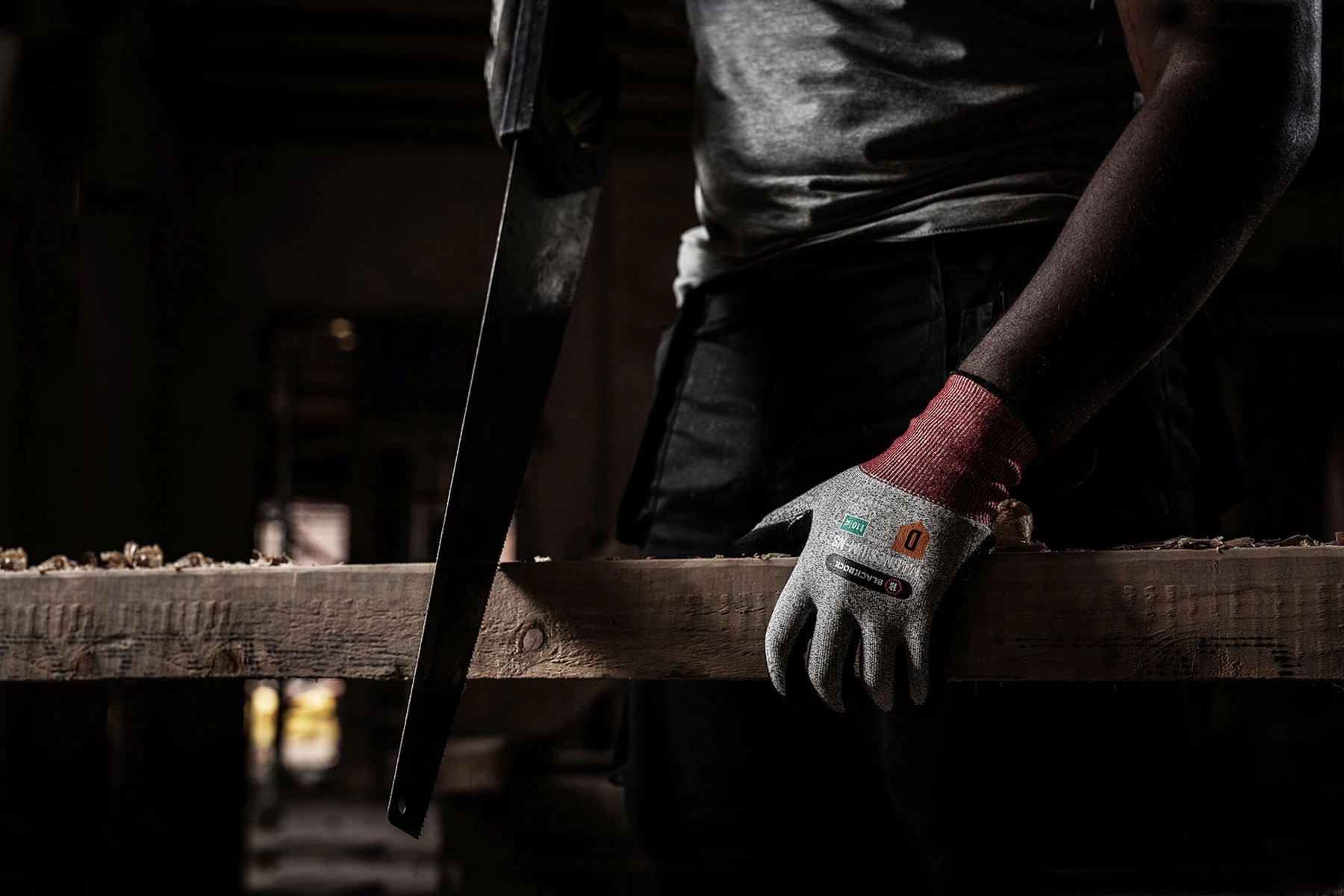
| 12 May 2023
We look at some of the misconceptions surrounding cut resistant gloves and the correct way they should be used.
READ POST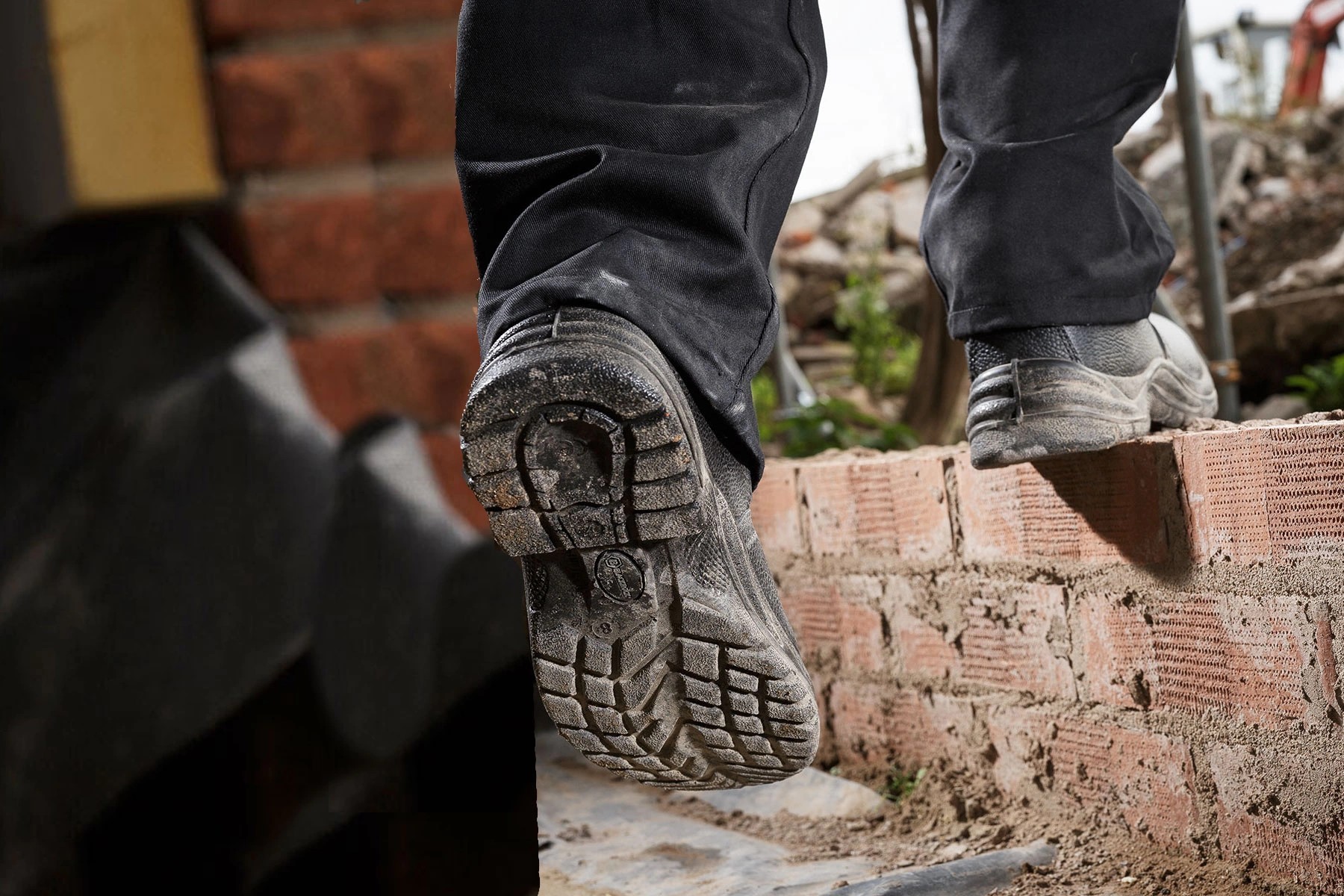
| 05 April 2023
We answer some of those questions you may have been faced with when having to choose safety footwear.
READ POST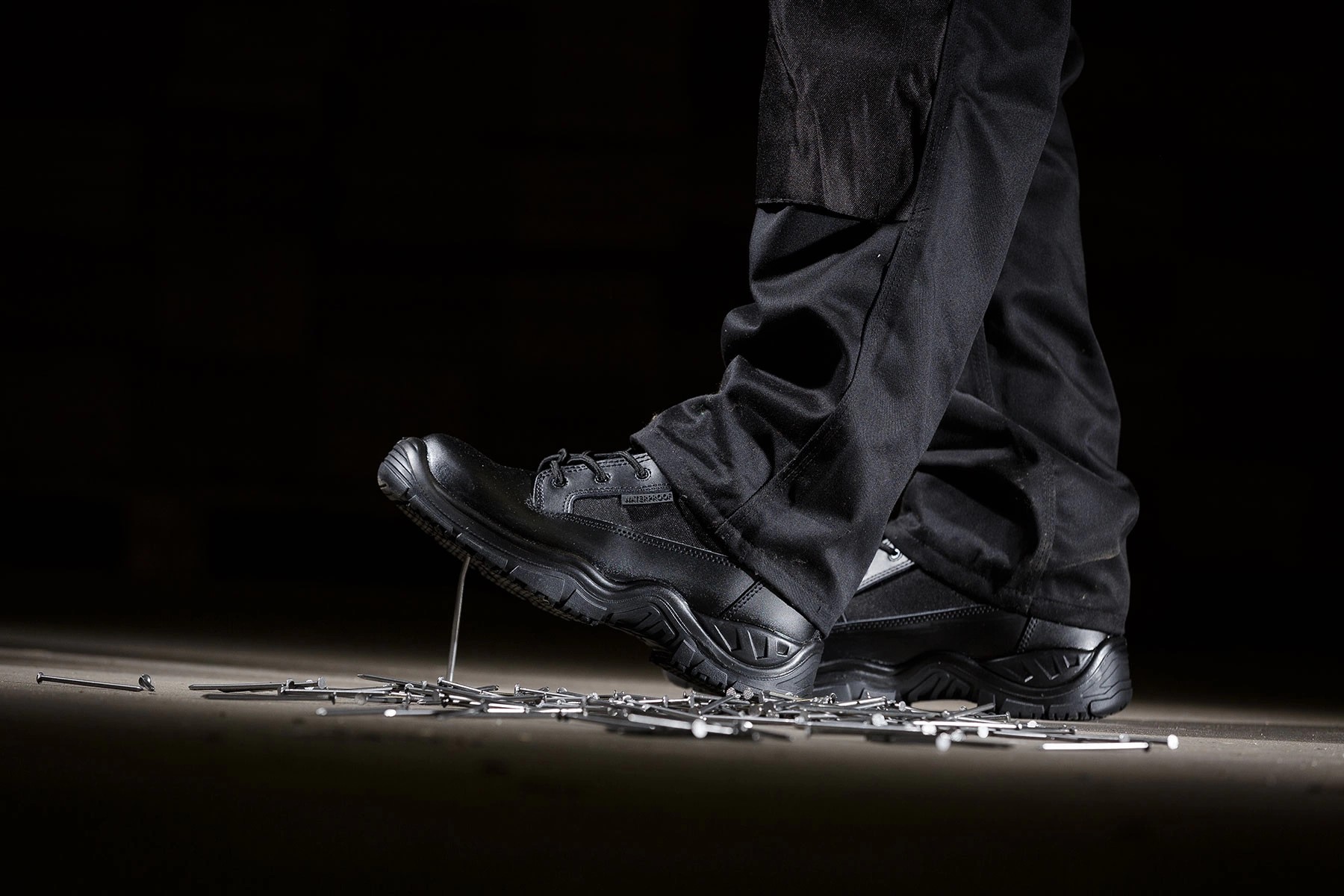
| 23 January 2023
Footwear comfort is heavily affected by the type of protective midsole you have. Which is the best for you?
READ POST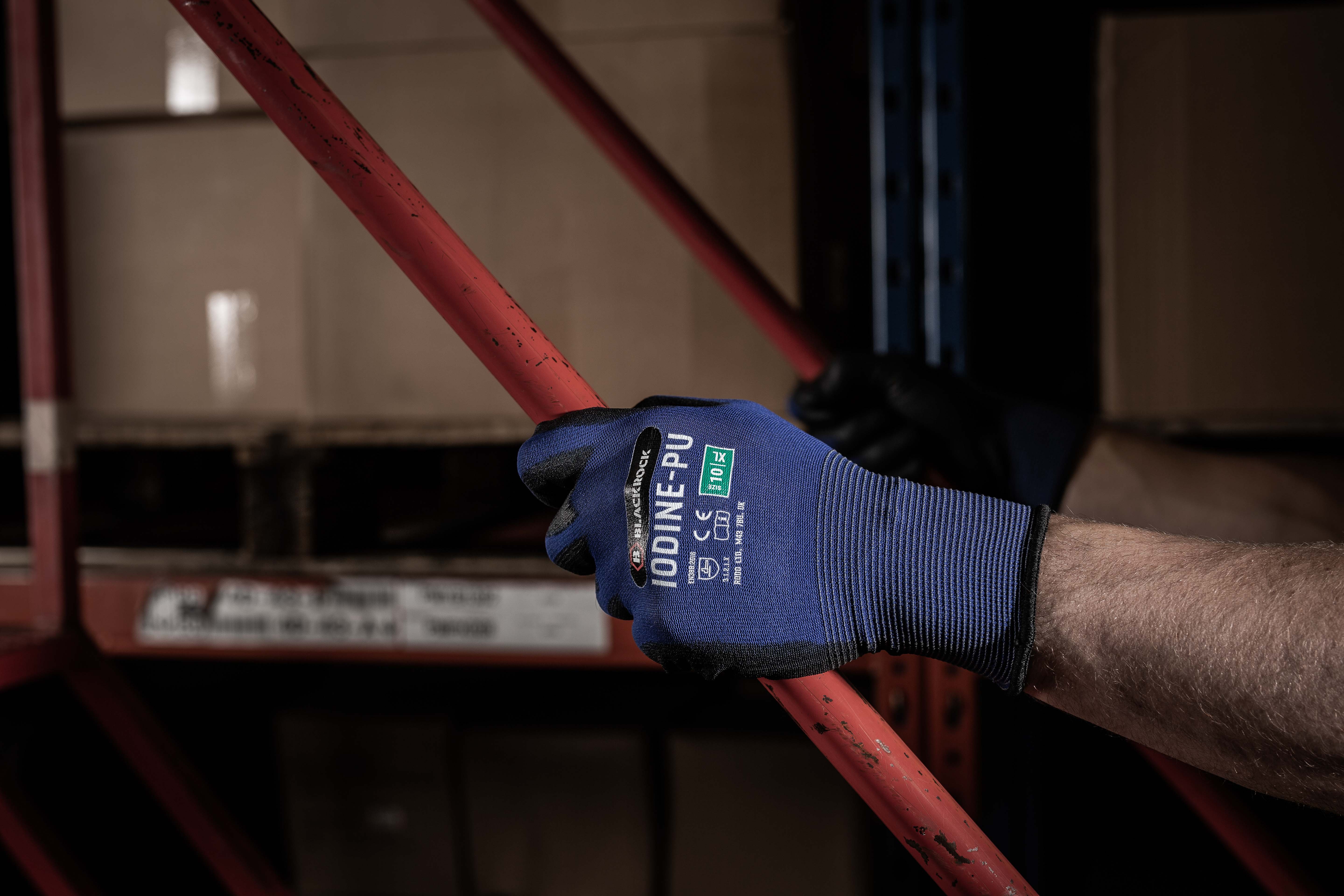
| 06 June 2022
Work gloves shouldn’t be complicated. So what does PU, FN, LC etc mean?
READ POST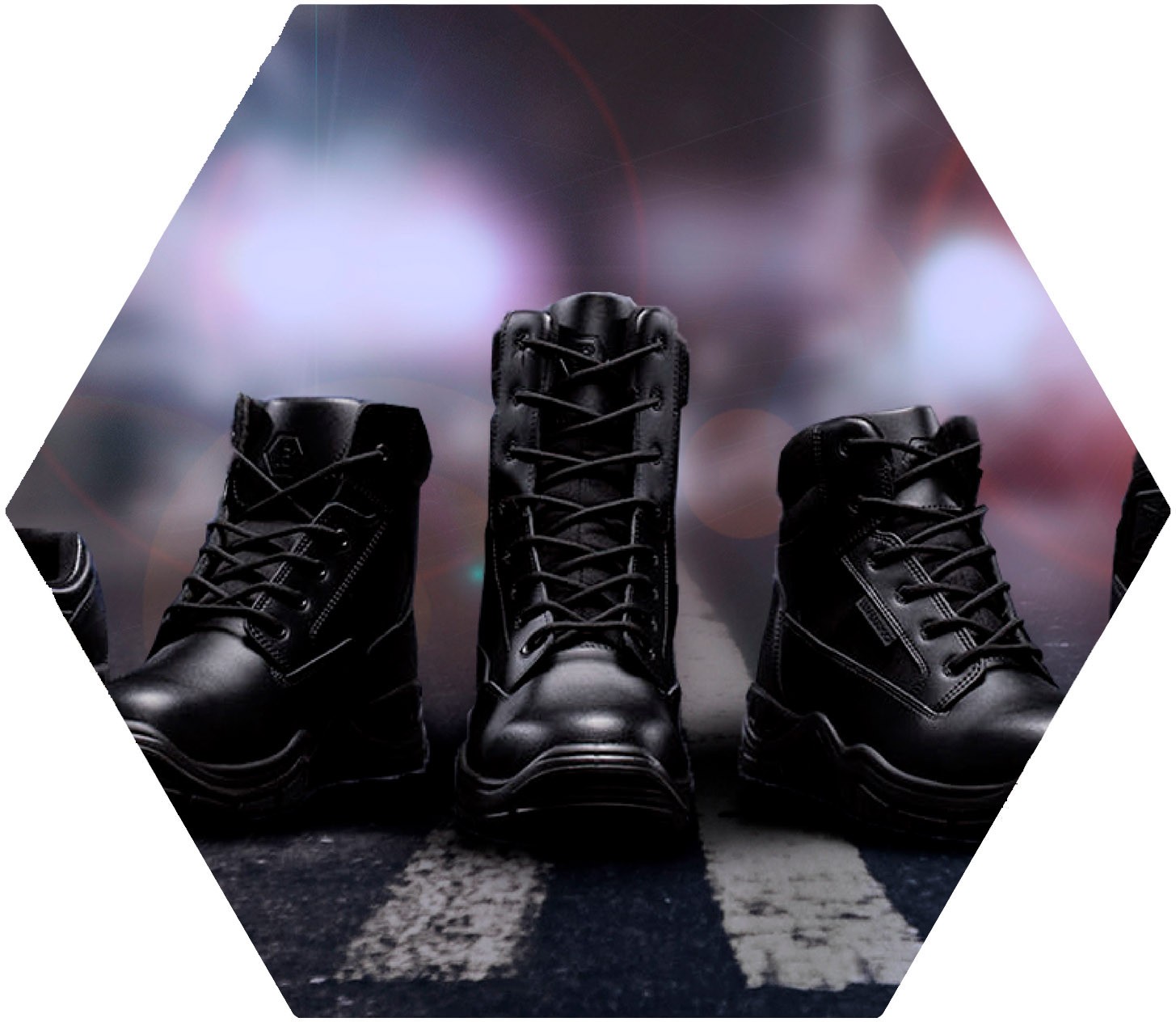
Editorial | 10 March 2021
Find out more about the newest additions to the Blackrock footwear range
READ POST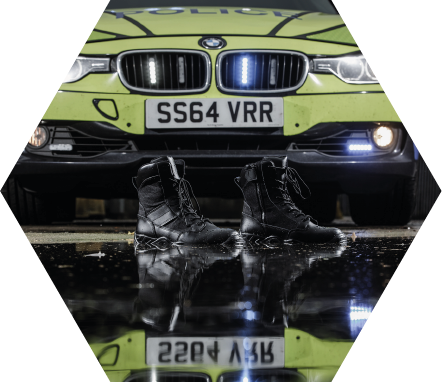
Editorial | 20 October 2021
We look at how the Tactical Footwear range stacks up against real world use by members of the police.
READ POST